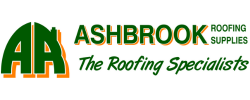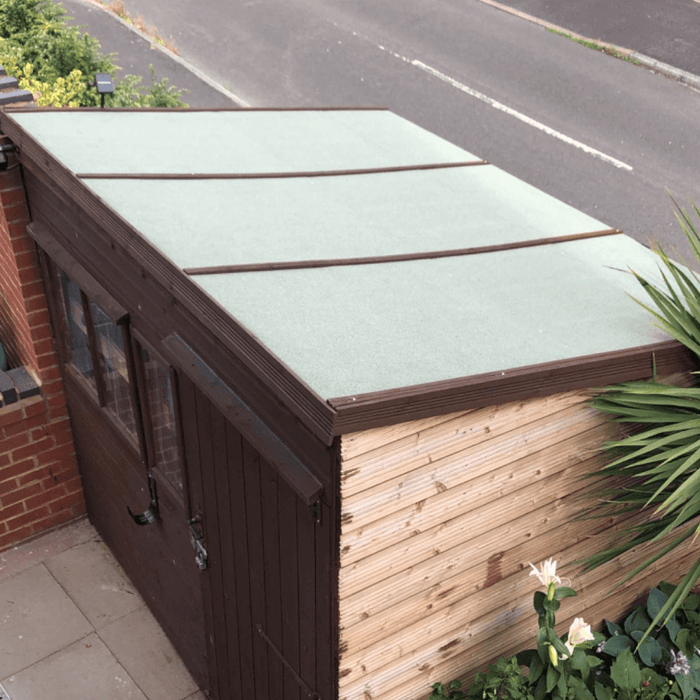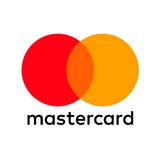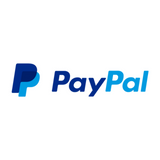Why Loft ventilation is so important: Ashbrook Roofing Supplies
We usually only consider attic ventilation only when there is a problem, but because most of us only go up into the attic or loft a few times every year. Most of us don’t realise that there is a problem until it’s quite a problem.
On one of our infrequent trips to the roof space, we might notice the suitcases were covered in mould…or perhaps just wet. Further inspection might reveal that it’s not just the cases, but the roof felt, ceiling beams, etc.
If so, you need to take action now!
Condensation in your loft not only damages everything stored there but can also penetrate your insulation and reduce its efficiency. Also, if the insulation becomes damp, it will be difficult to dry. and could even permeate to the ceilings below.
When very bad, condensation saturates the insulation it will show a damp spot on the ceiling below. Now, most people’s thoughts might be that the roof is leaking…and it’s certainly worth checking. if in doubt get an expert to check your roof.
If the roof looks good, it is worth making sure that there is sufficient ventilation to avoid possible problems along the way.
If you have any wet, discoloured patches on the ceiling, it’s worth a trip into the attic to try to find the source. the stains occur as the moisture drips onto the dusty attic insulation
Loft Ventilation
Why has attic ventilation been a hot topic in recent years? Well, the answer is simple. In the past (up to about 20 years ago) Our homes were relatively poorly insulated. Therefore, any build-up of water vapour was evaporated by the fresh air coming through these airflows. Meaning that condensation would rarely build up indoors.
Today houses are much better insulated, but this can create a problem too. Pre insulation, lofts used to get a lot warmer than they do today. Heat would rise inside houses rises and water vapour in the air would be dispersed by evaporated by natural draughts to the loft space.
Eco-friendly, but not damp lofts
We all want to reduce heating costs and keep our homes warm for as long as possible. So we Insulate walls and attics and insert modern windows and doors to save money and be more eco-friendly. These measures may be good at lowering the operating costs of our home and keeping it warm longer. However, all this extra insulation means that the attic (above the insulation) gets colder because the heat is trapped in the room below.
Also, most people don’t install moisture barriers when they add insulation. so any gaps in the houses, wall spaces and loft hatches still allow moisture to enter the attic.
Moisture can penetrate the newly insulated attic and come into contact with very cold surfaces.
Water vapour entering the loft increases the risk of condensing at the inside of the roof slope or other cold surfaces such as water tanks. To reduce the chance of condensation, you need to increase ventilation in the attic to try to remove the water vapour that is generated before condensation occurs.
Why doesn’t standard ventilation work?
Ventilation of the roof built into your home would have been sufficient during construction.
However, if you add something that may cool the surface of the loft (such as adding more insulation ) or if you reduce the efficiency of existing ventilation (partially or completely block existing vents), which people think are outdated, we need to think again. Make sure the existing vents are not blocked.
Common things that can increase the risk of condensation in the loft:
- Placing insulation on top of the existing vents.
- The water tank inside the loft is hot and water vapour enters the loft (this is the job of the plumber).
- Excessive water vapour from your home rises into the attic. Perhaps through a gap around a light, toilet, loft hatch.
- An Increased insulation level of the attic without providing extra ceiling ventilation. Different types of loft ventilation:
Adding Loft Ventilation
So now that we have identified the issue, It’s time to take action. One of our most popular products for addressing the issue of loft ventilation are Felt Lap Vents. Felt lap vents are a low-cost, easy-to-install solution to ventilating your attic or loft.
Condensation problems in the loft can be resolved relatively easily by adding some lap vents to the attic.

Don’t ignore any condensation you may encounter, that will just lead to the problem getting worse, the longer you leave it. Try to figure out where the water vapour is coming from. It would be beneficial if it could be prevented from entering the loft at all, but if you can’t adding Felt lap Vents is a cheap and simple solution.
Learn more about Felt Lap Vents.
You may also be interested in:











